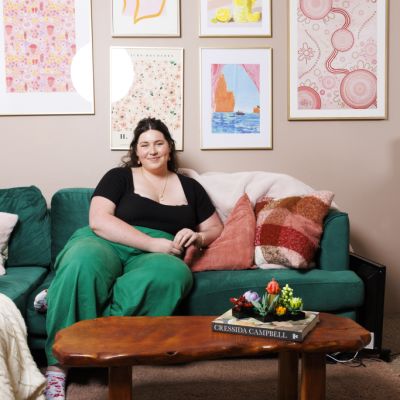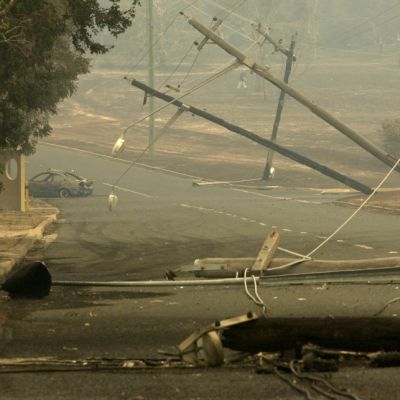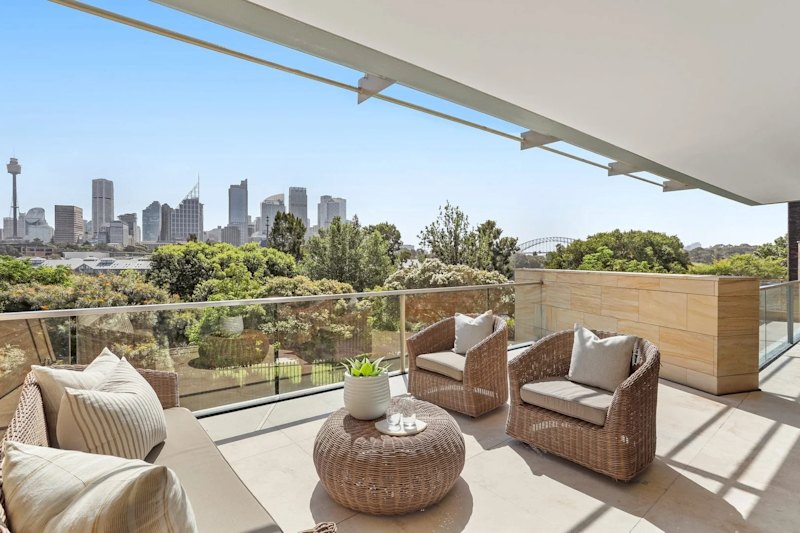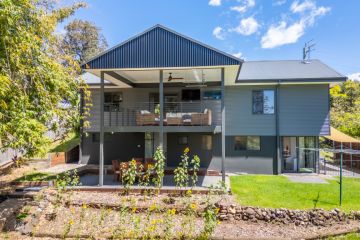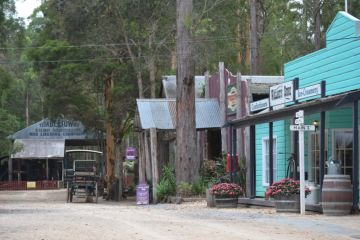‘Very unlikely to drop back’: How Canberra regions’ house prices fared over the decades
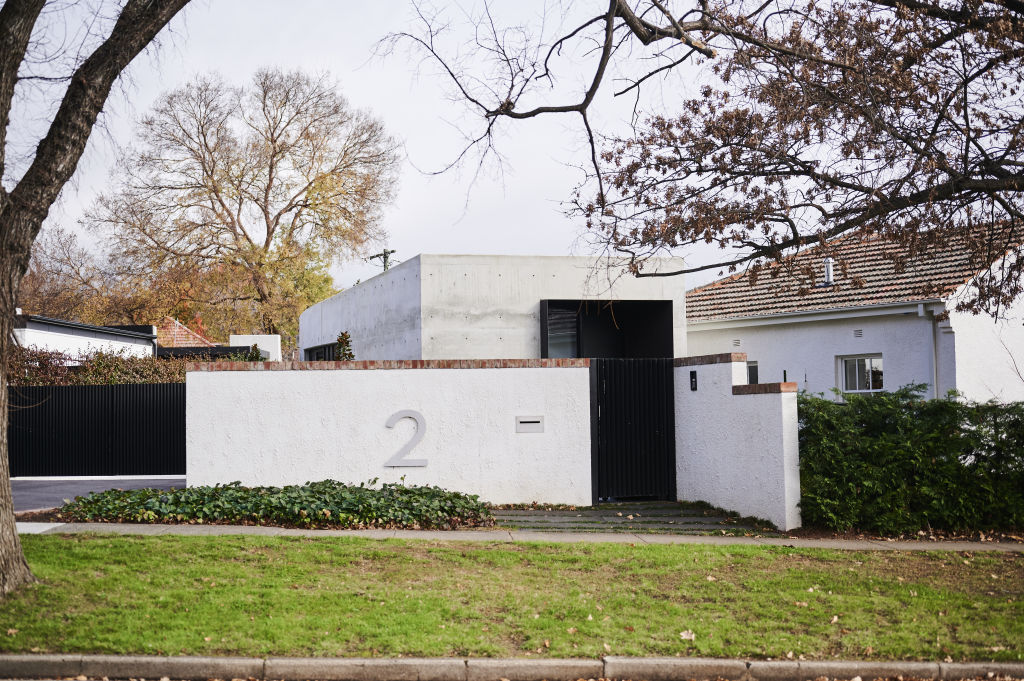
All but three Canberra regions have had median house prices over the $1 million mark for a while now, but 20 years ago any Canberran would likely have laughed in your face if you told them what the future held.
Looking back 10 and 20 years ago, prices for homes were entirely unrecognisable when compared to today.
All Canberra regions except for the Molonglo Valley experienced a drop in median house prices over the December quarter, matching the decline in the capital’s overall median house price, according to the latest Domain House Price Report.
| Suburbs | Dec 22 | Dec 12 | Dec 02 |
| Belconnen | $875,000 | $467,250 | $242,150 |
| Gungahlin | $980,500 | $505,000 | $275,000 |
| Inner North | $1,260,000 | $630,500 | $355,000 |
| Inner South | $2,000,000 | $900,500 | $526,000 |
| Tuggeranong | $852,000 | $475,000 | $249,500 |
| Weston Creek | $1,000,000 | $547,500 | $288,500 |
| Woden Valley | $1,254,000 | $655,000 | $345,000 |
| Molonglo Valley | $1,300,000 | N/A | N/A |
The Inner South remained the most expensive region over the December quarters of 2022, 2012 and 2002, but prices there practically doubled each decade – the only real similarity over the years.
To buy a house in the Inner South in 2002, a buyer would have to scrape up $526,000. In 2012, that had increased to $900,500. Adding both of those together doesn’t even reach the current median of $2 million.
Domain chief of research Dr Nicola Powell said the previous quarter’s drop was a nationwide trend, but added that home owners should not be concerned about the continuing decline in house prices.
| Suburbs | Property | Dec-22 | Sep-22 | Dec-21 | Quarterly change | Annual change |
| Belconnen | House | $875,000 | $890,000 | $880,000 | -1.7% | -0.6% |
| Gungahlin | House | $980,500 | $990,000 | $885,000 | -1.0% | 10.8% |
| Molonglo | House | $1,300,000 | $1,230,000 | $1,250,000 | 5.7% | 4.0% |
| North Canberra | House | $1,260,000 | $1,350,000 | $1,405,000 | -6.7% | -10.3% |
| South Canberra | House | $2,000,000 | $2,027,500 | $2,002,500 | -1.4% | -0.1% |
| Tuggeranong | House | $852,000 | $873,500 | $860,000 | -2.5% | -0.9% |
| Weston Creek | House | $1,000,000 | $1,050,000 | $1,050,000 | -4.8% | -4.8% |
| Woden Valley | House | $1,254,000 | $1,340,000 | $1,379,000 | -6.4% | -9.1% |
“We still have a median house price of over $1 million in the ACT, which means that buyers will have to be highly leveraged to access the housing market,” she said.
“Generally, we do see higher-priced markets show softer conditions and deeper declines; that is what we are currently seeing with Canberra’s regions.
“They are feeling the brunt of lower borrowing capacity, higher interest rates and cost-of-living increases.”
Andrew Chamberlain of Blackshaw Manuka said there were two major societal changes that aided the major jump in house prices over the decades.
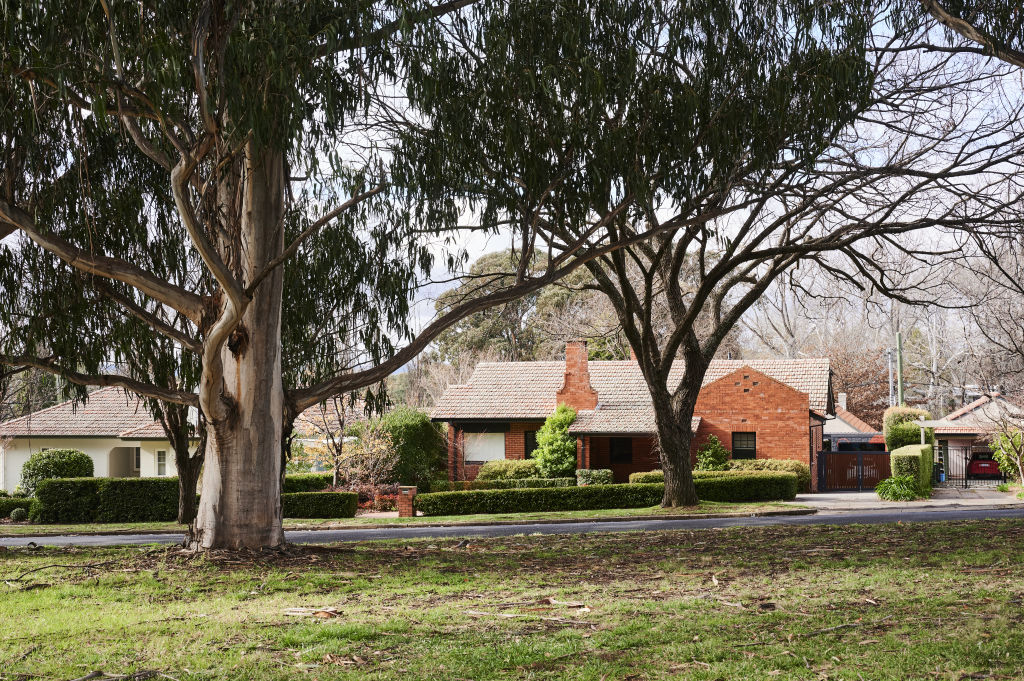
“The effect of technology and the way real estate is transacted has been profound,” he said. “Prior to the launch of Allhomes, there was no practical way for buyers or sellers to research past sales or access statistics.
“The other major change is in the mix of property types we have now. The landscape used to be dominated by quarter-acre blocks [and] units and townhouses were the minority.
“In 2017, units overtook houses as the majority property type transacted in the ACT, and they have stayed there ever since.”
Chamberlain said things looked much the same in 2002 as they did in recent years, but the obvious disparity was the significantly smaller prices back then.
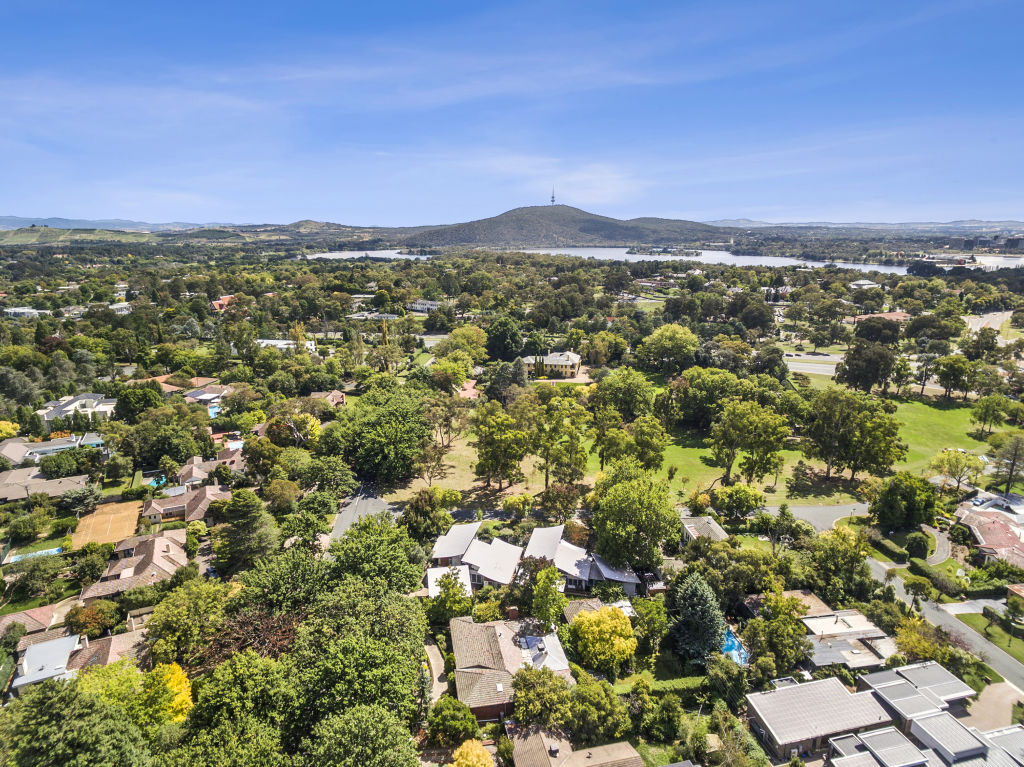
“Good homes were in demand in 2002; the cash rate was 4.25 per cent in a relatively stable environment, and auctions were in full swing with high clearance rates,” he said.
“Going into 2012, there was a degree of caution … it was the end of the overall effects of the global financial crisis, and we had the fewest number of overall transactions for any of the previous 15 years.
“The recovery started in 2013, and continued on its remarkable trajectory up until taking a breath about 12 months ago.”
Despite the market seeing some decline after a long period of increases, Powell said there was a likelihood Canberra would never revert to pre-pandemic house prices.

“The decline is truly overshadowed by the upswing, and what we saw was a significant shift in house prices during the pandemic … we will not see that revert to pre-pandemic levels again,” she said.
“We are still well above what [house prices] were before COVID, and it is unlikely we will see all of that growth erased.”
Chamberlain agreed Canberra’s regional house prices would be “very unlikely to drop back” to levels he has seen in the past.
“Interest rates are, without a doubt, the main driver of property demand, and rates stayed low for too long in the eyes of some,” he said.
“Targeted stimuli also contributed to the underlying cause [of fast increasing house prices], but the underlying cause was the collapse of rates during the COVID recovery.”
We recommend
States
Capital Cities
Capital Cities - Rentals
Popular Areas
Allhomes
More
- © 2025, CoStar Group Inc.
